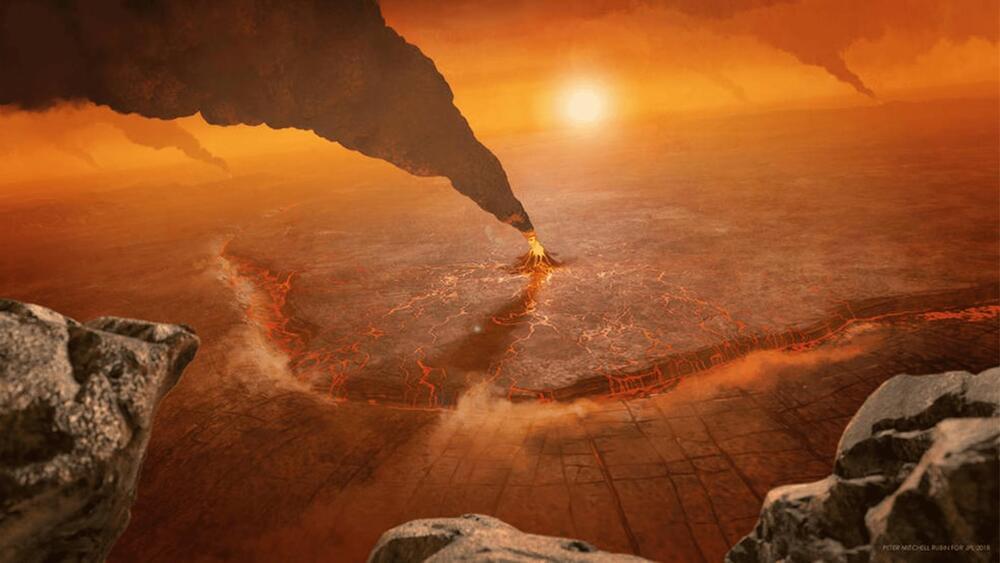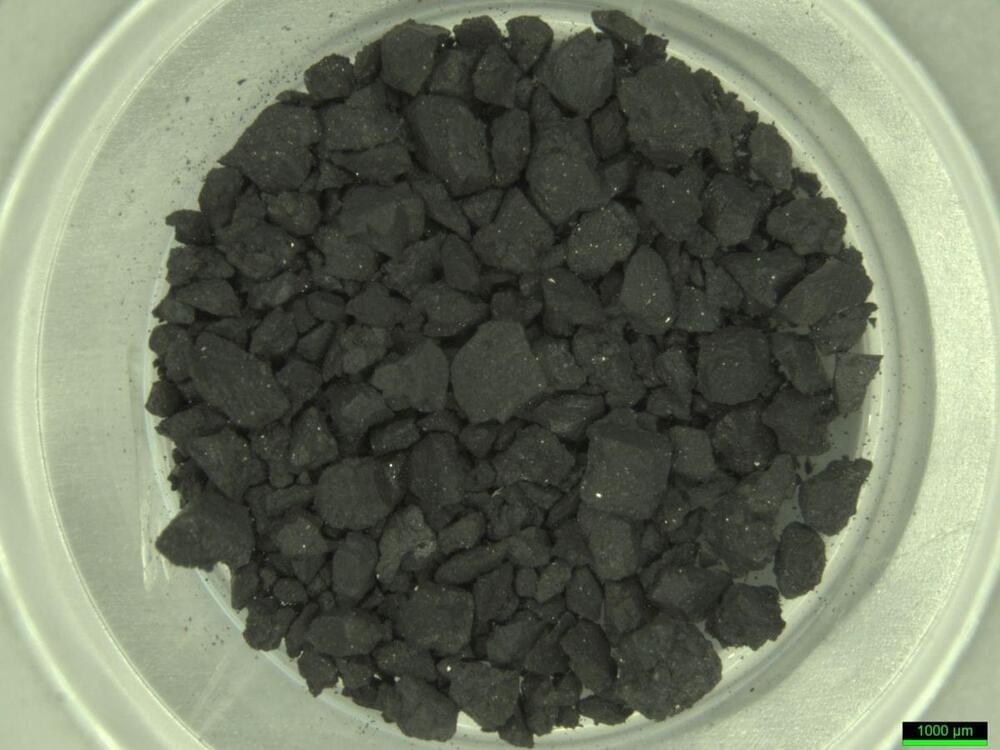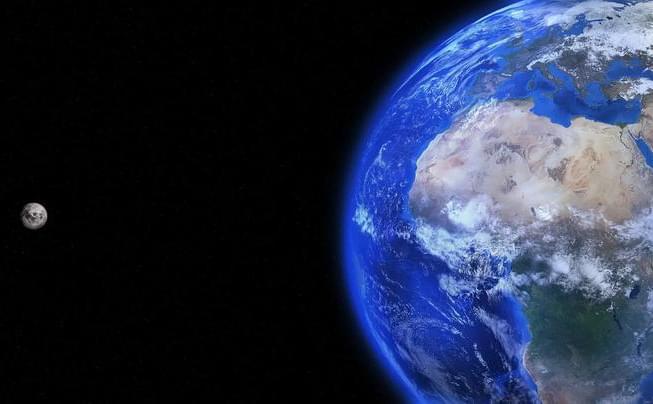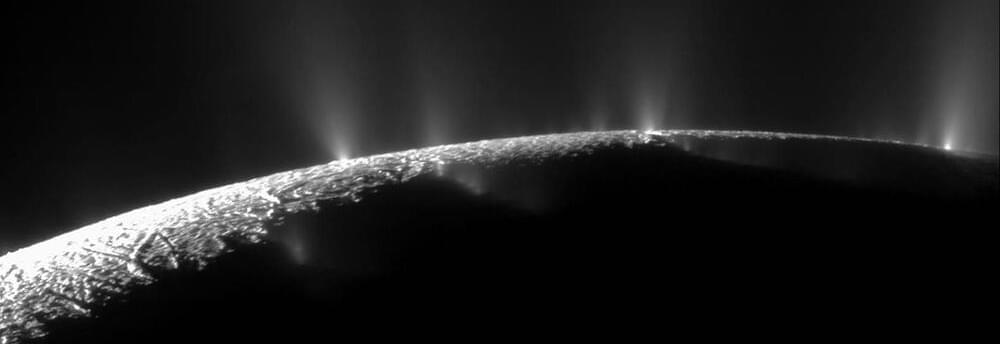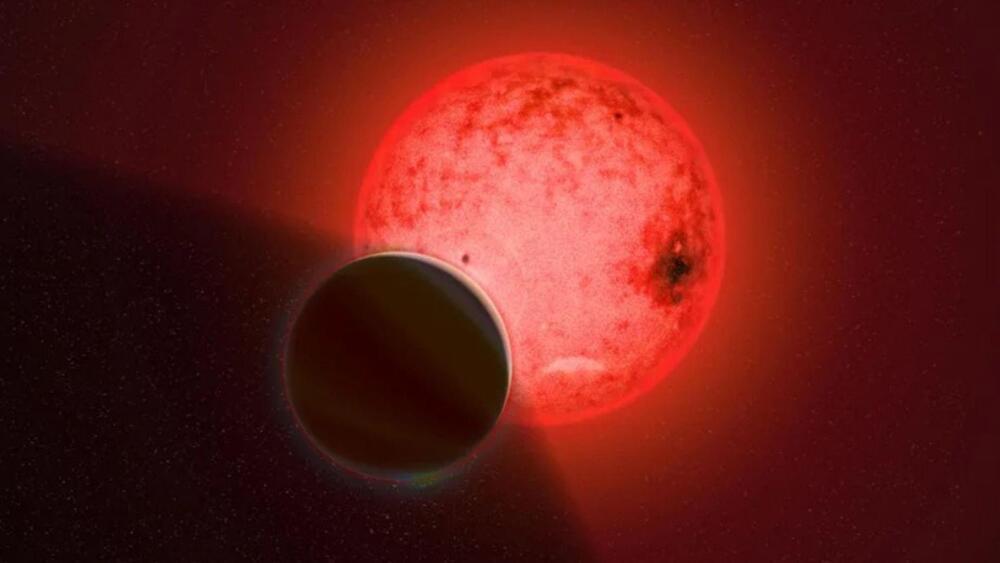Feb 28, 2023
Finally spotted! JWST caught a 1.4 billion year old, metal-rich galaxy
Posted by Gemechu Taye in category: space
The discovery has left astronomers at Cornell University in wonder.
Analyzing the data of the first image captured by NASA’s JWST (James Webb Space Telescope) of a popular early galaxy, astronomers at Cornell University were surprised by the blob of light shining near the galaxy’s outer edge.
While scanning the image, the initial focus and target of the infrared observatory was SPT0418-47, one of the brightest dusty, star-creating galaxies in the early universe. Its distant light bent and magnified into a circle (Einstein ring) by the gravity of a foreground galaxy.

